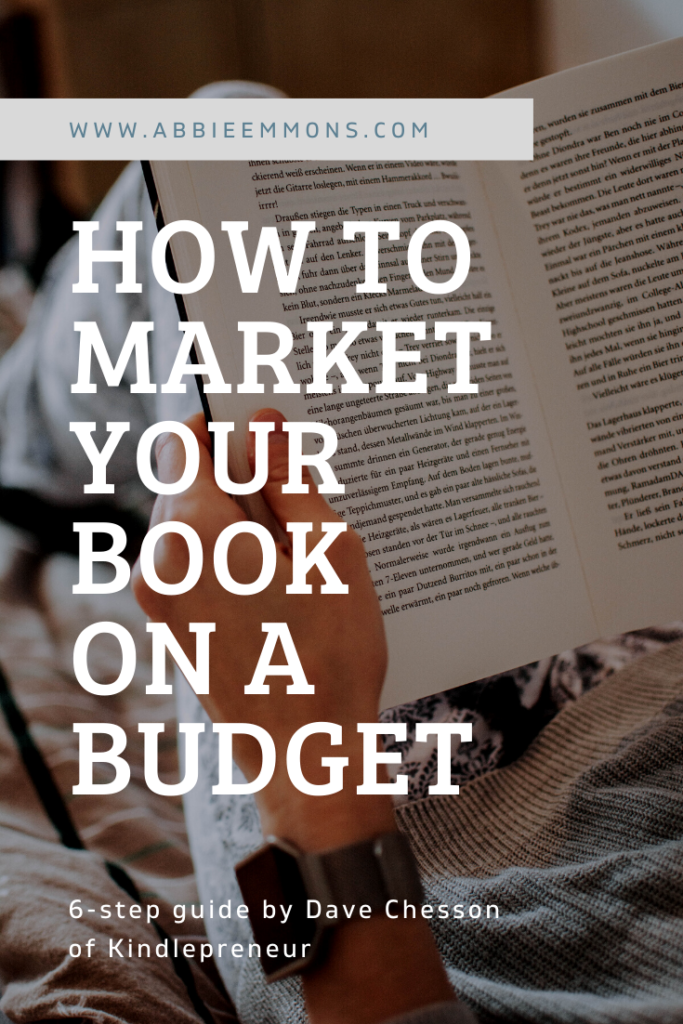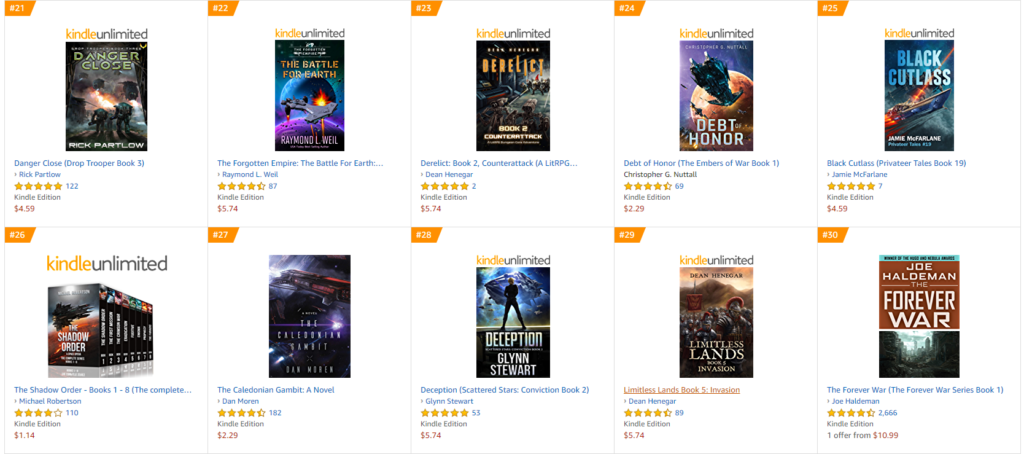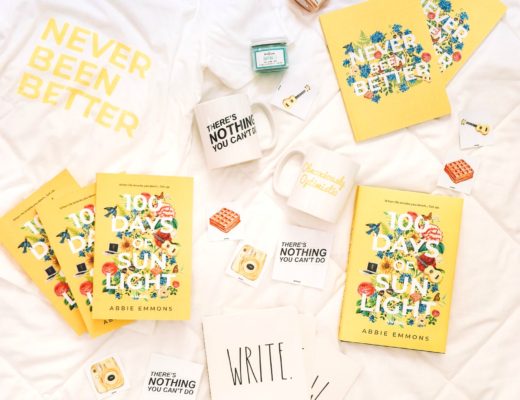Today I am honored to have a special guest on the blog: Dave Chesson of Kindlepreneur.com! Dave is an indie author, book marketing Jedi, and creator of Publisher Rocket, a software that has helped 100k+ authors sell more books in the Kindle store. In this post, he’s sharing with us his best marketing tips for indie authors on a budget. Take it away, Dave!
Writing a book is intimidating and difficult in and of itself. Now, you want to publish it, and preferably get some book sales and build a readership. You’ll need to market your book to do that. But not every author has a lot of money to invest in marketing their book.
That’s why I’ve come up with a few quick tips on how you can market your book on a budget and still see good returns as a result. Let’s get into it.
1. Get an Awesome Cover
Your first and one of your greatest marketing tools is your book cover. With a good book cover, even one that hasn’t been designed by an expensive book cover designer, you can and will attract readers to your book.
But there’s a caveat… You must have a cover that suits your genre because that’s what your target readers will expect. So, if you write sci-fi military books for instance, you might want a cover with a huge spaceship on it.
I highly recommend you check out the top sellers in your genre and subgenre and emulate what they do. Check out some of the top books for sci-fi military:
The common themes are big spaceships and bold colors, lots of grays, blues, blacks, even a planet here or there. Take this information and outsource to a cover designer or design your own cover with a builder app.
2. Write a Fantastic Book Description
Another one of your greatest selling tools is your book description. You can change it for free and you can continually improve it until it’s selling more books. When you do get to a point where you can afford to put more marketing dollars into ads for your stories, you’ll notice how the books with better blurbs and covers sell better.
Improve your blurb by:
- Making it concise and intriguing
- Crafting a strong emotional hook
- Focusing on your characters
- Placing relevant keywords in your blurb–for sci-fi military this would be things like army, military, war, planet, destruction, space etc.
- And read Bryan Cohen’s How to Write a Sizzling Synopsis. This book will give you everything you need to know about writing great blurbs.
3. Choose Up to 10 Categories
Did you know that Amazon actually allows you to place your book in up to 10 different categories? Unsure of what I mean? Check this out:
Amazon places every book that’s uploaded to the store in a specific category. They only show you the top three that you’re listed in, as well as the overall position of your book in the Kindle Store, but you can actually add up to 10 categories.
All you have to do is navigate to your Author Central account, select ‘Help’ and then contact them about updating your book’s browse categories. Of course, you’ll want to choose the least competitive, most relevant categories for your book. You can do this by comparing the bestseller rank of the 20th book in each category in the overall store and then using this handy calculator to work out how many books they sold to reach that rank.
Once you have your list of 10 categories, just email those category strings to Amazon.
4. Select (or Update) Your Kindle Keywords
When you create your book in your KDP dashboard, you’ll notice a section that contains 7 boxes for keywords. These are keywords Amazon uses to index your book in the store and place it in front of relevant readers. You should always fill these in with intentional keywords. You can find these keywords by doing the following:
- Head over to Amazon in the incognito mode of your browser. Select “Kindle Store”
- Start typing in a seed keyword like “sci-fi military”
- Type in “sci-fi military a” and then “sci-fi military b” and so on and so forth with all the letters of the alphabet. Note down what keywords come up.
What you’re doing is populating a list of relevant keywords shoppers have actually typed into Amazon. Now, unfortunately, you can’t really see how competitive these keywords are without doing further research on the books ranking for them–which can take quite a bit of time. Or you can use a program like my Publisher Rocket to do it very quickly.
Once you have your keywords, put them into your seven Kindle keywords boxes.
Already chosen your keywords? Here’s an article about how to update them and hopefully get higher rankings in Amazon.
5. Build a Mailing List
One of the lowest cost marketing strategies you can employ for selling your books is creating a mailing list and getting your readers to subscribe to it. You can do this easily by writing a freebie and linking to your sign up form in the back of your book with the promise that they can pick up that free book when they join.
You can deliver this “reader magnet,” as it’s called, by using a currently free service called StoryOrigin.
Once you have a growing list, you can then perform swaps with other authors. Swaps are what happens when two authors decide to share each other’s books with their mailing lists. This gives them both exposure and content to share, and it helps foster trust with their readers–especially if you’re providing a great deal on a fantastic book.
Having a mailing list will enable you to get a lot of book sales quickly on the day of your launch. All it will take is an email to your list.
6. Set up Low-Cost Amazon Ads
Believe it or not, you can set up ads for your books with a low daily budget. At just $5 a day, you can create a single Amazon ad targeted at people who enjoy books like yours.
Amazon ads don’t have to be super expensive, but you will need to know what you’re doing to gather the right keywords and to make them work. That’s why I’ve created a free Amazon Ads Course you can check out that will teach you everything you need to know about creating your own low-cost ads.
Final Thoughts
You can market your book on a budget if you spend your money in the right areas. By using these marketing techniques, you’ll spend less and see more return on your investment. All you have to do is put the work in and keep producing great content.
Cheers!
DAVE CHESSON is the creator of Kindlepreneur.com, a website devoted to teaching advanced book Marketing which even Amazon KDP acknowledge as one of the best by telling users to “Gain insight from Kindlepreneur on how you can optimize marketing for your books.” Having worked with such authors as Orson Scott Card, Ted Dekker and more, his tactics help both Fiction and Nonfiction authors of all levels get their books discovered by the right readers.








